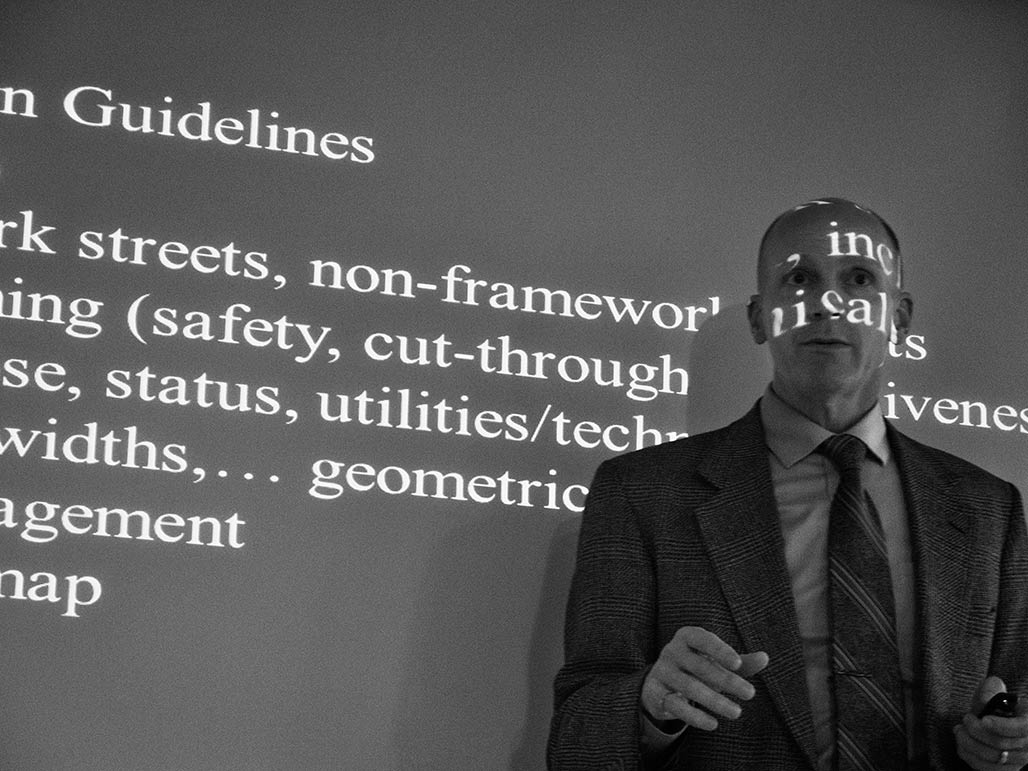
I wish I was going to Buffalo next week for CNU 22 , confab of new urbanists. My closest approach
was sitting in a room with Ian Lockwood this past week.
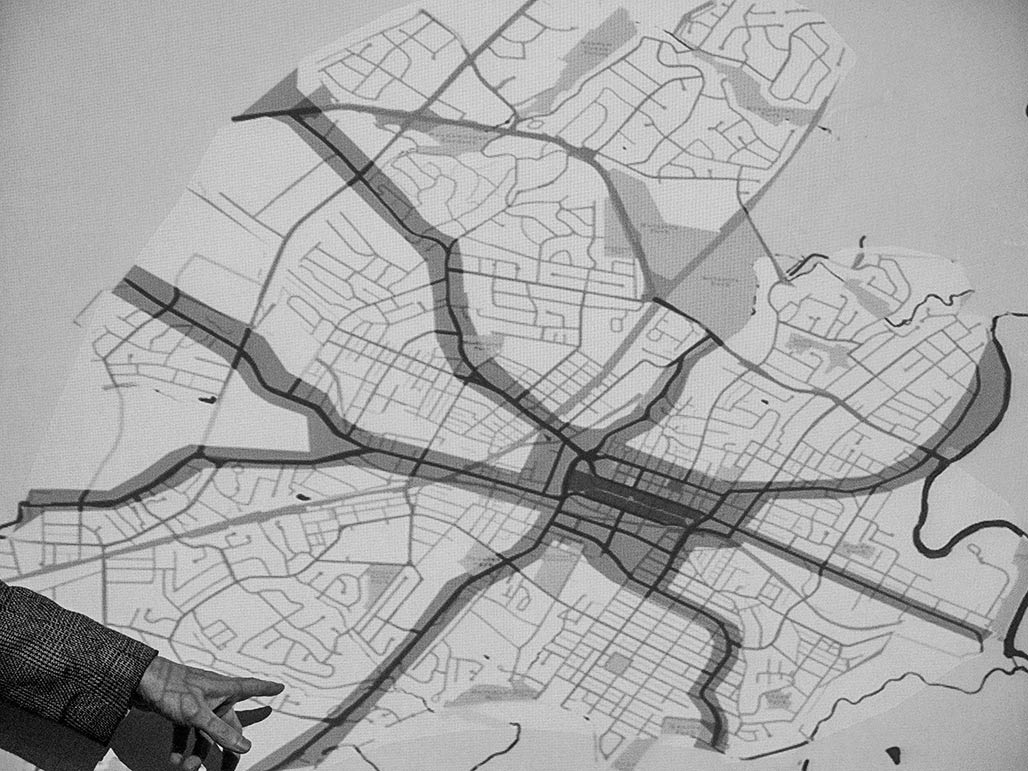
Ian shared his transportation philosophy, spoke earnestly about connectivity, and showed a map
that alternately intrigues and terrifies. What exactly is a framework street? Reserving judgement until it is
possible to learn more. Does the finish detail of the Duke of Gloucester Street qualify for a modern framework street?
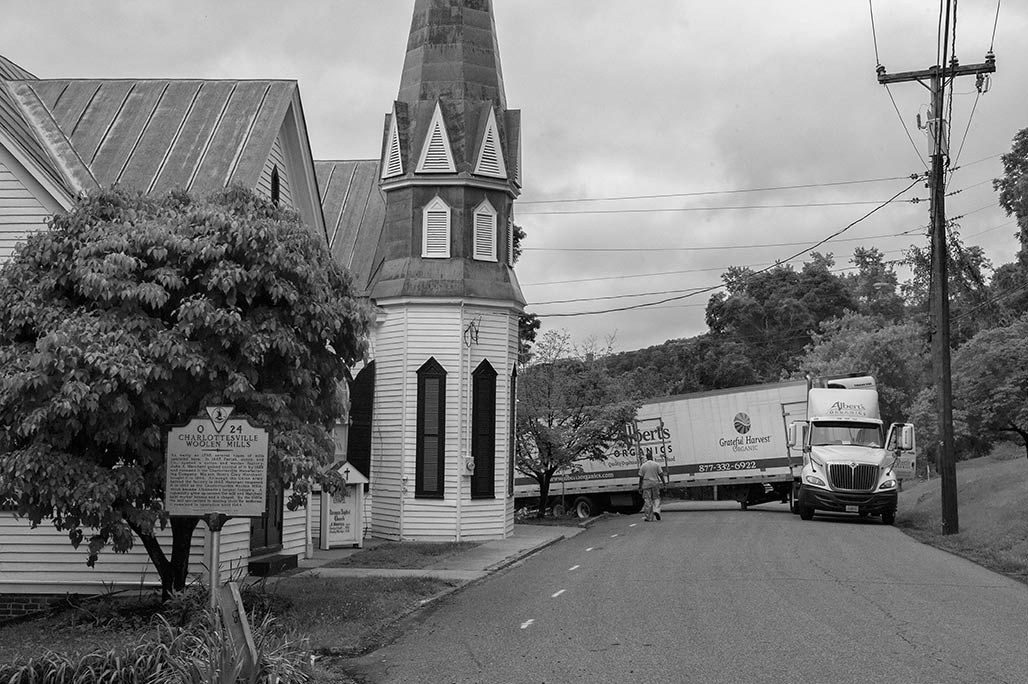
Some new wine doesn’t belong in the old bottle.
Category: neighborhood
paving season
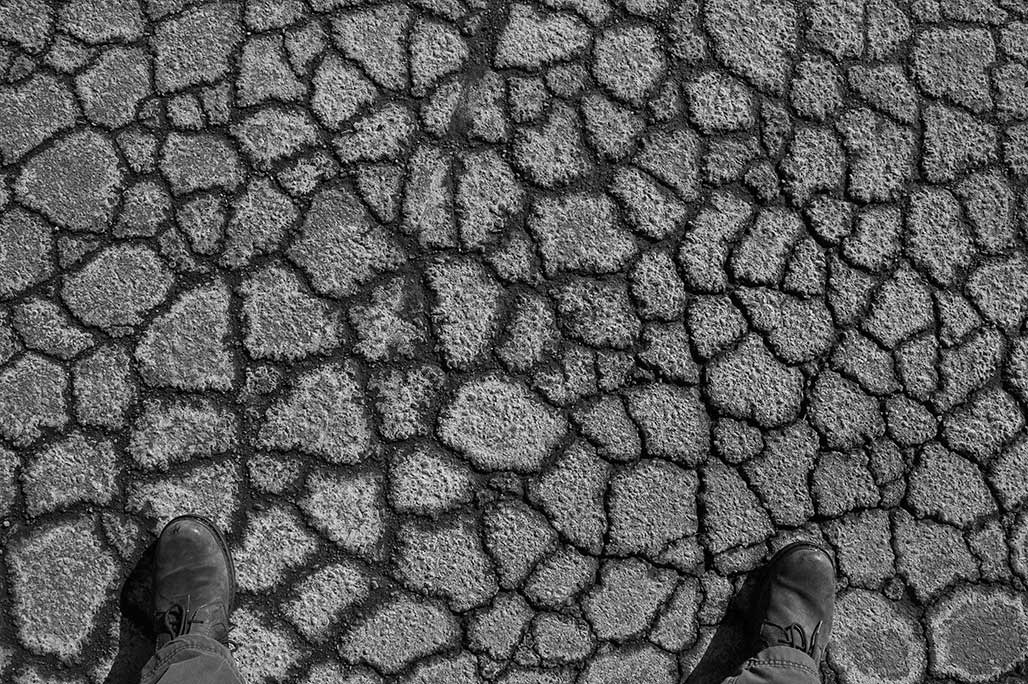
I never complain about the pavement in neighborhoods because when the membrane is allowed to deteriorate sufficiently many benefits accrue.
There is the traffic calming benefit, travel speeds are reduced, drivers moderate their speed.
This is a poor man’s pervious pavement, allowing some recharging of groundwater levels.
I wonder if there is a correlation between condition of streets and median income of the surrounding neighborhood?
Bus Stop
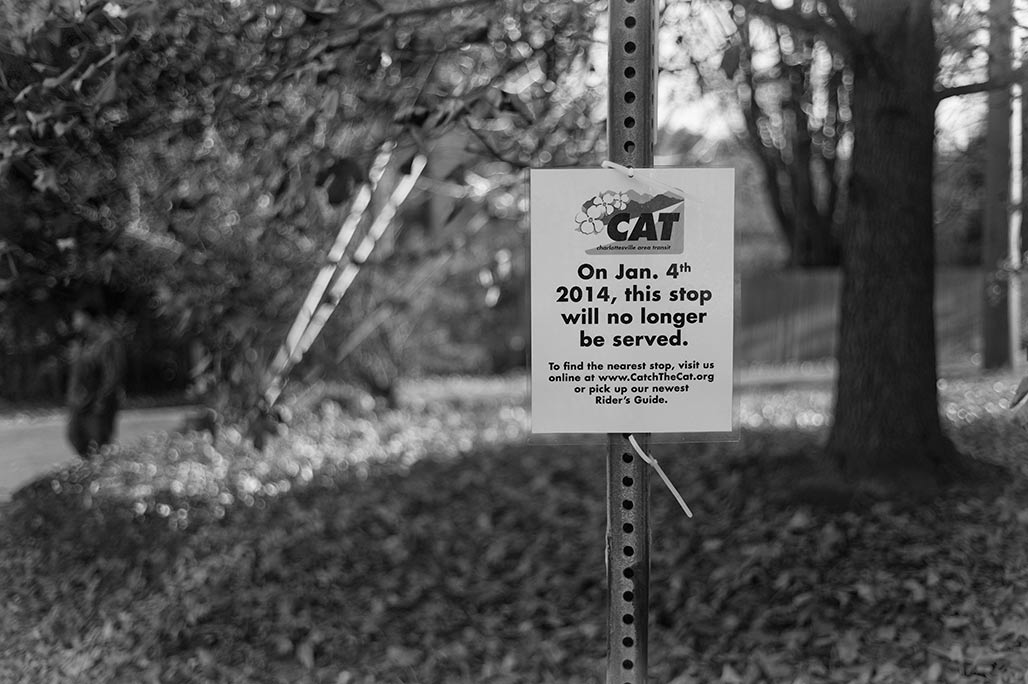
As long as I can remember there has been a bus running east on Woolen Mills Road (aka Market Street).
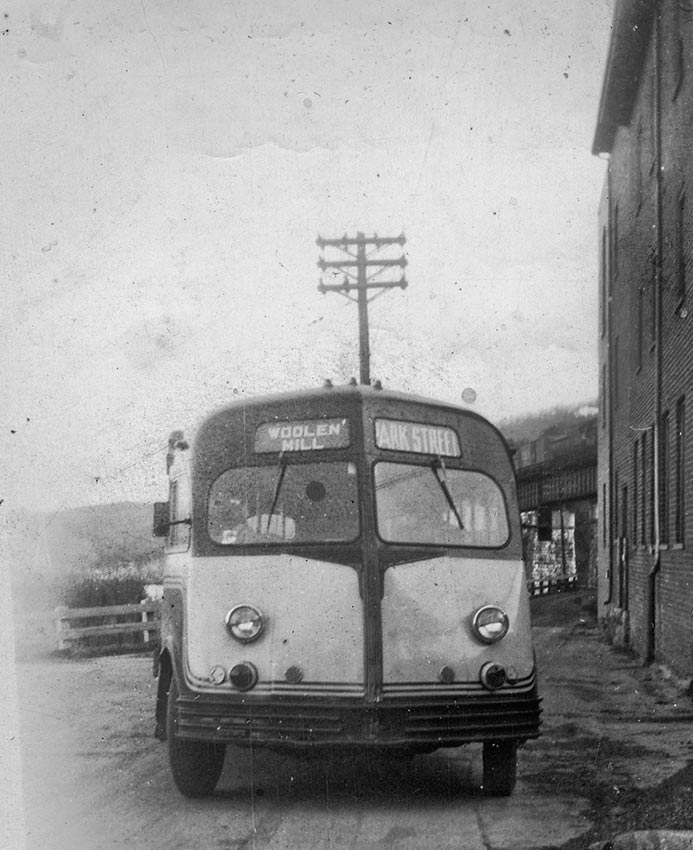
Sixty or seventy years.
That service stops today.
(Woolen Mill/Park Street bus photo courtesy of the Bobby Taylor Collection)
Steve
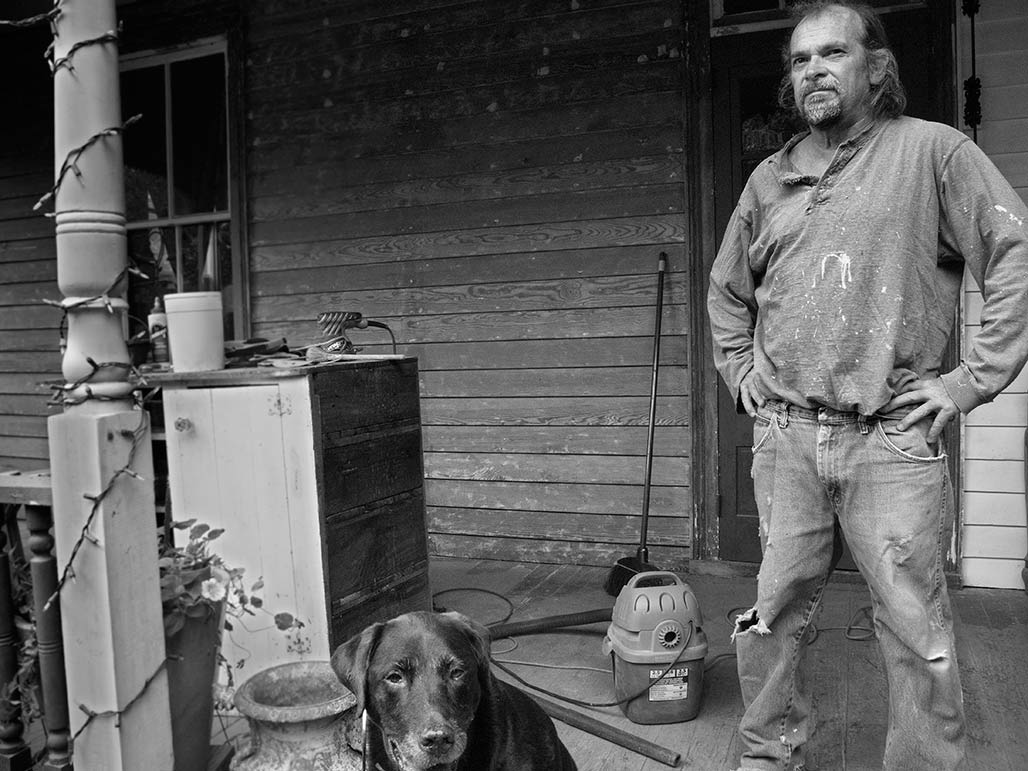
One characteristic of the Woolen Mills historic houses is front porches, I love sitting on a front porch, having a visit. Steve was scraping paint so after saying hello we split.
quiet enjoyment

People have been living in this neighborhood, this place, for thousands of years.
We live in the bend of a state scenic River, on rich, fertile ground, Davidson Loam. Seated here we are eight tenths of a mile from the front porch of Monticello, a mile and 2/10ths from the downtown mall. Seated here we are home, in the center of our universe.
But often we feel, as a neighborhood, that we are in the center of the crosshairs.
Over the years our discussions with the Council have focused on a handful of issues. We’ve asked for reductions in traffic speed and volume, we’ve asked for a reduction of the sewage smell. We’ve asked for pedestrian safety improvements and we have asked that planning and zoning be used to conserve our cultural and natural resources as well as our quality of life.
We have partnered with government entities in the creation of a national historic district, in the design of a sewage pumping station and in the care of our City park. We plant streetscape trees. We pick up trash, we attend City meetings. We have accomplished much but still, we feel threatened.
We are reassured by statements from Mayor Huja and Vice Mayor Szakos in opposition to a bridge through the Woolen Mills. We thank Dave Norris for his enduring stand against the County using City neighborhoods as an interchange.
Diversity is a strength to our way of thinking. We are all kinds of people in this neighborhood. But our mixed status, our socio-economic profile, seems to attract locally unwanted landuses.
Please work with us in our effort to secure the quiet enjoyment of our own homes and the health, safety and welfare of our neighborhood. Together we can make it so.
water

Emma and I installed a waterline to my house July 31. Rented a model 1820 Ditch Witch, aka “the pipe finder”. Everyone knows, call Miss Utility (811) before you dig. I am on a first name basis with Miss Utility. She marked the underground gas and electric, the lines one really wants to avoid.
Lost in history when the Woolen Mills Village first got “government” water. The houses had wells. According to oral history, the Mill had a water system for portions of the village. Albemarle County installed a sanitary sewer and a water main to the WMV in the 1930’s. Emma and I found 3 retired supply pipes to my house with the ditchwitch. The last was polybutelene, “qest big blue”. These service laterals lasted less than 30 years on average. Hoping the newly installed one inch type K will last 100 years, or until the Ragged Mountain reservoir gets its fill pipe installed, whichever comes first.
Reading Comprehension
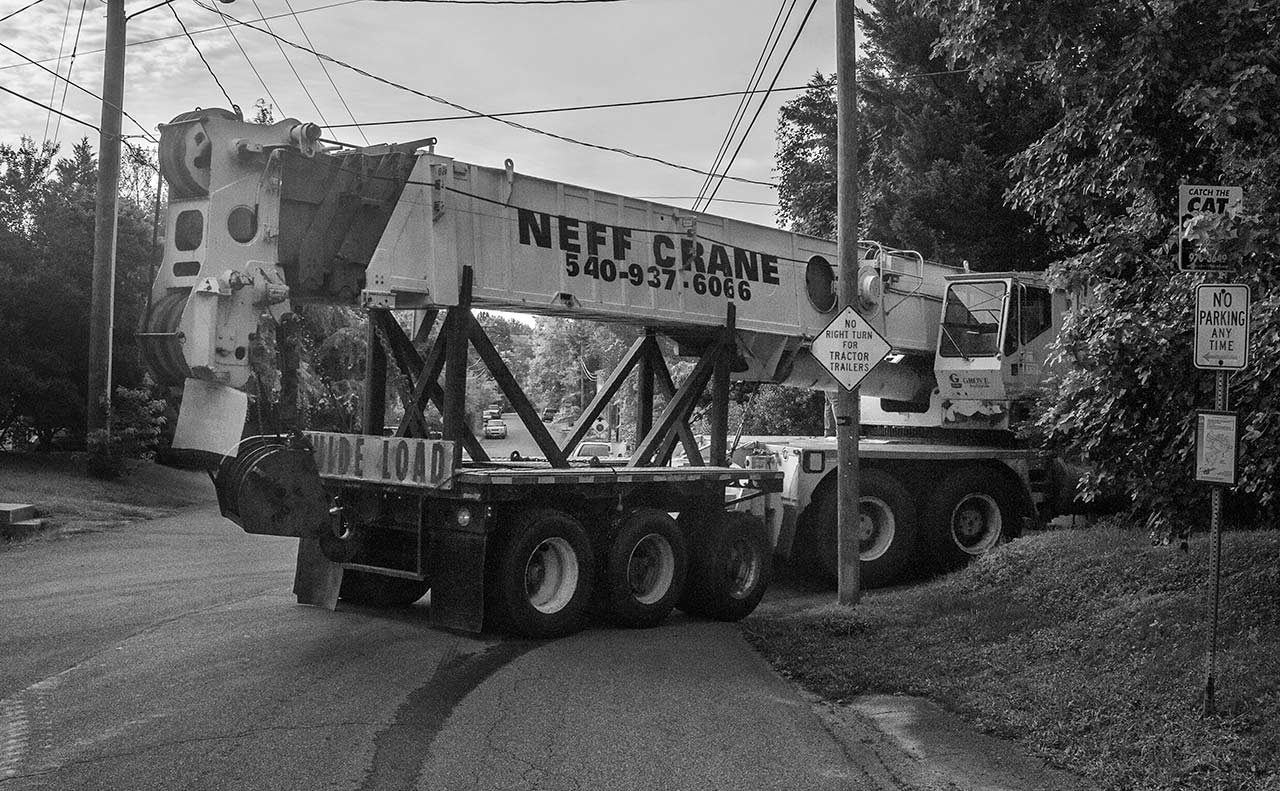
Why would you place your company name on a truck that is Jake braking through a residential neighborhood at 0730 hrs.
Why would the driver not heed signs addressing tractor trailers?
Neff Crane 540-937-6066
At risk

June 22, 2010 the Charlottesville Planning Commission added Franklin Street to the City’s sidewalk priority list. Franklin is one of twelve North South pedestrian paths across the railroad. These railroad crossings are of particular interest because they focus vehicle and pedestrian activity in a confined area.
Since June 2010 the bike/ped facilities at Meade Avenue/Carlton Road, at 1st Street SE, at Shamrock Road and at JPA have been upgraded.
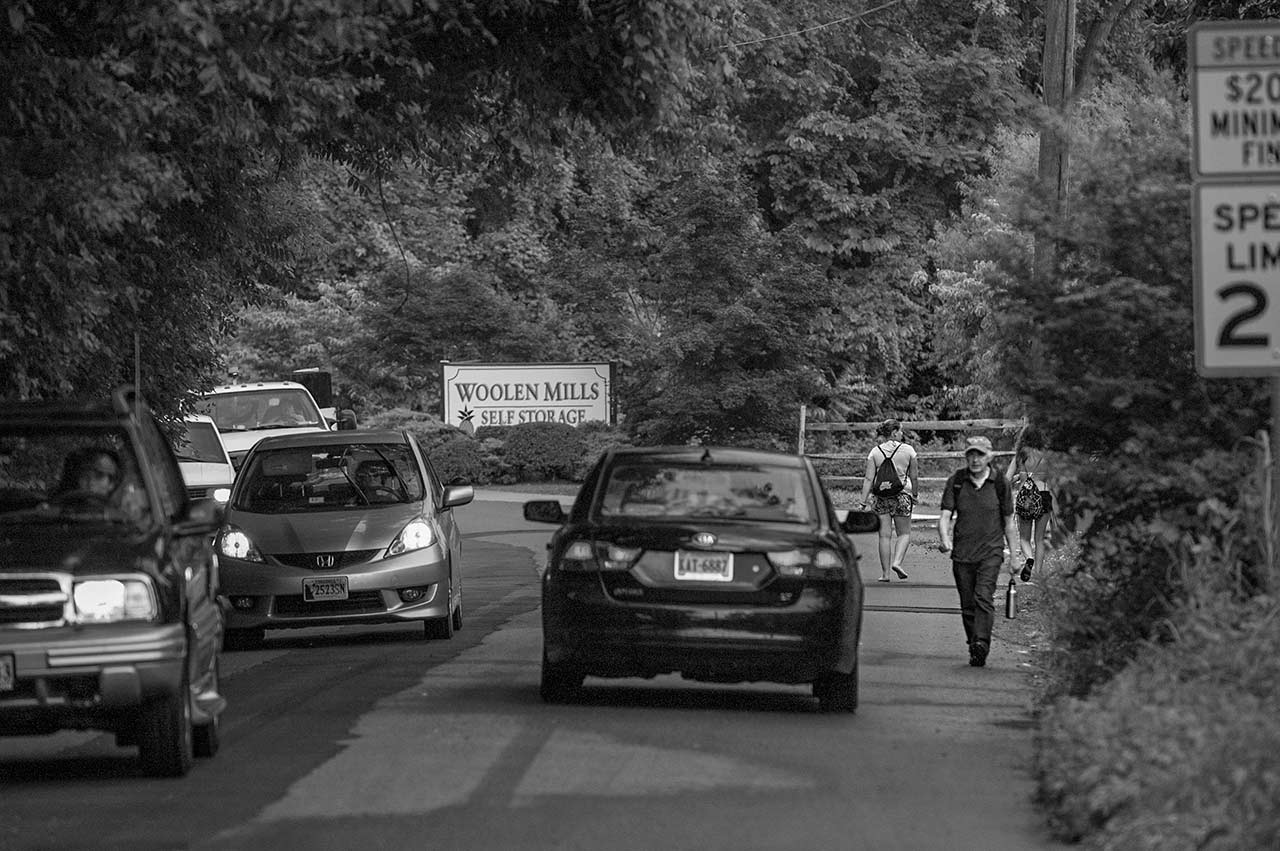
Pedestrians on Franklin Street are left to their own devices.

Even though there are straightforward fixes available.
1970 Nova

compliance

Franklin and Broadway. The sign is advisory in nature, not a sign that the police enforce.
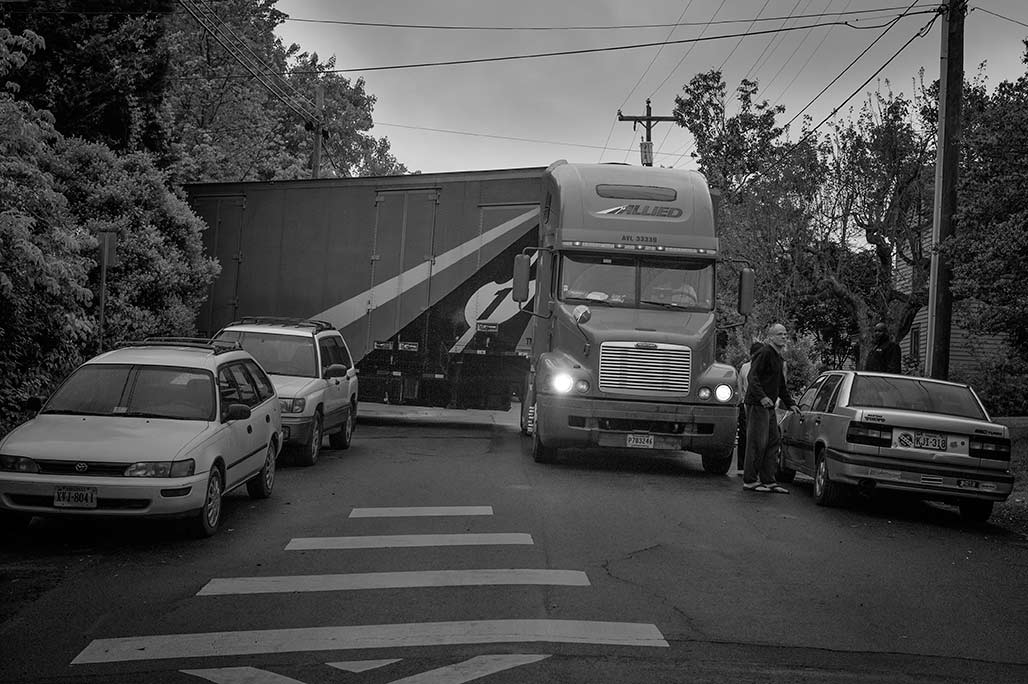
And so…. Franklin and Market. The tractor trailer driver mashes Betty Lou’s front lawn, knocks on doors. Residents on Market Street move their autos so the rig can make the turn he has been advised not to make.